Renewable energy, gas generation increases as Qld and WA prop up the grid
The electricity in Australia’s power grid is generated using a range of methods, but while some sources are in decline, others are growing in popularity.
A new government report has shown how Australia meets its energy needs, showing the new technologies we’re increasingly relying on and the ones we will in the future.
Energy policy has been an incredibly divisive issue in Australia, and has cost more than one Prime Minister their job throughout the last decade.
On one side of the debate is the fossil fuel industry: mining and power companies that use older methods for generating electricity such as burning coal or gas.
While these companies contribute to emissions Australia and other countries are trying to reduce in a bid to slow global temperature rise, they also support jobs.
On the other side there’s pushes for renewable energy generation to be ramped us as technological advancements makes it more affordable, efficient and reliable to produce power from the sun and the wind, and store that energy using improved battery technologies for “when the sun doesn’t shine and the wind doesn’t blow”.
Proponents argue many fossil fuel industry workers could be retrained to work on renewable energy projects to offset job losses and economic impacts while also bringing down emissions.
Somewhere in the middle lies gas, which the government considers less polluting than other fossil fuels like coal, while being more reliable than renewables.
That’s why gas forms a big part of the government’s recently revealed “Technology Roadmap” for the future of Australia’s energy production.
The road map is meant to “drive investment in low emissions technologies to strengthen our economy and support jobs and businesses”, and is a “key priority” in the country’s road out of the pandemic.
Gas is intended to play a role in transitioning Australia’s energy from fossil fuels to renewables.
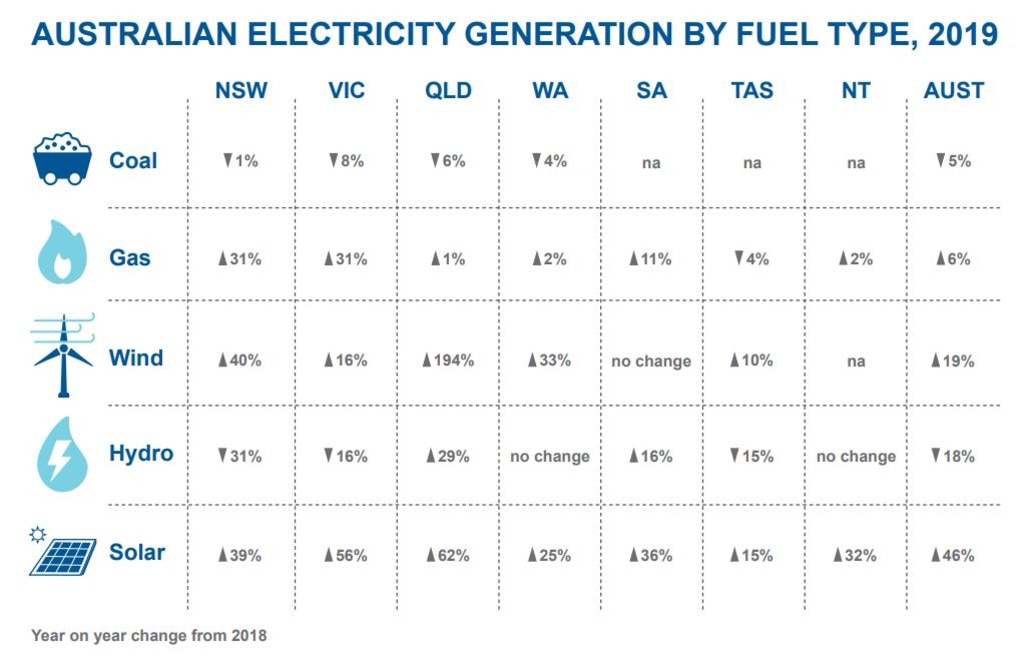
RELATED: Virus causes huge drop in global emissions
Building a better hydro industry is also in the plan, and could be necessary given hydro’s share of the country’s energy generation dropped by 18 per cent in 2019 when compared to the year before.
Energy minister Angus Taylor said the road map will form the “cornerstone” of Australia’s emissions reduction strategy in the future.
The road map is currently open for consultation.
While the future of Australia’s energy generation is being decided, we’ve gotten a fresh insight into what it looks like now, with newly released statistics showing gas and renewables on the rise, as coal declines.
On Tuesday, the Department of Industry, Science, Energy and Resources released estimates of Australia’s energy generation last year.
The Department concluded Australia generated 265,117 gigawatt hours (GWh) of electricity in 2019, an increase of one per cent over the year before.
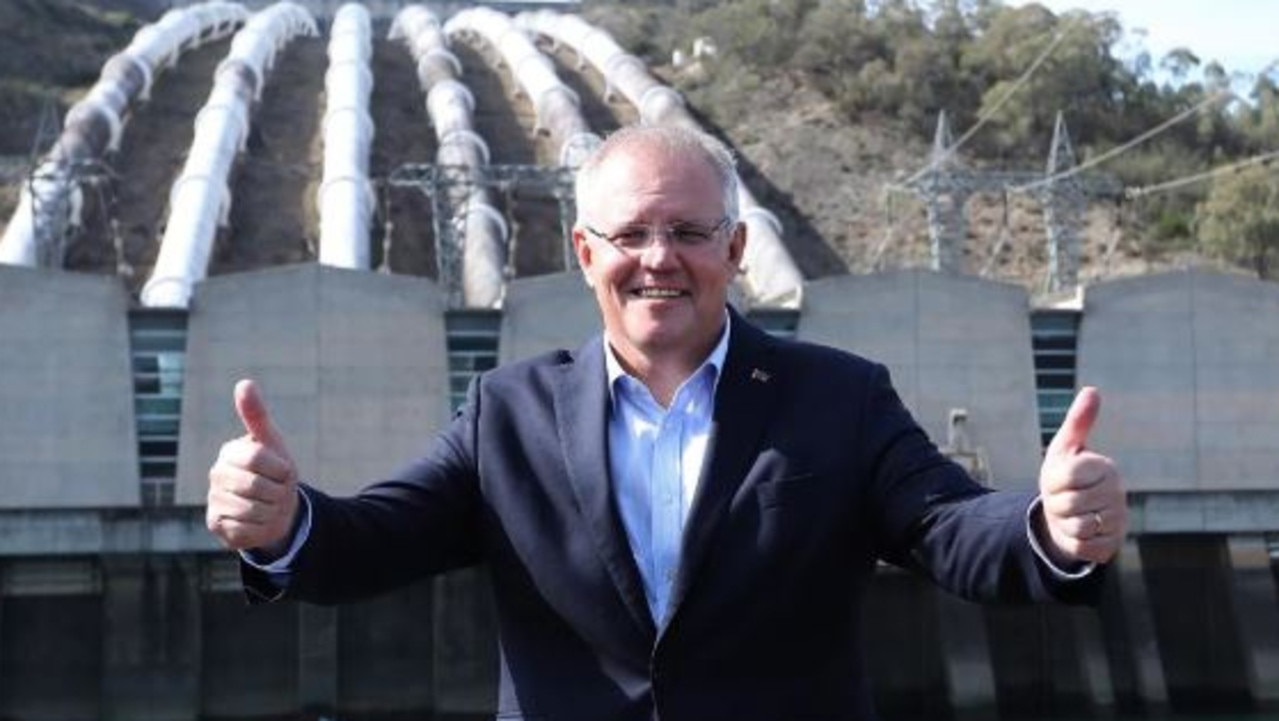
RELATED: Mine blast destroys 46,000 years Aboriginal heritage
That energy still comes overwhelmingly from fossil fuel sources, accounting for almost 80 per cent of total generation, but renewables are quickly growing in popularity.
Coal made up roughly 56 per cent with gas accounting for a further 21 per cent of Australia’s electricity generation.
But coal’s share of total generation dropped five per cent from 2018 while gas’s grew by six per cent.
Renewables accounted for a similar 21 per cent share as gas did, but its share increased by two per cent over 2018, and the amount of energy produced increased by 12 per cent.
Included in the renewable figures are small-scale power generation such as rooftop solar panels, which helped solar account for the biggest jump.
Solar’s contribution jumped 46 per cent last year, while wind generation increased 19 per cent.
If you zoom into a state level though, it appears some parts of the country are moving faster than others in reducing their reliance on fossil fuels, and some are relying on others to do more than their fair bit to produce energy.
Here’s how they’re faring.
NEW SOUTH WALES
New South Wales produces more energy than any other state, and most of that energy comes from coal, which accounted for more than three quarters of the 73,532 GWh generated in NSW last year, rising in line with the national average of one per cent.
77 per cent of that came from coal, while 19 per cent came from renewables.
Solar and gas generation increased by 39 per cent and 31 per cent respectively.
NSW is Australia’s most populous state and home to 31.8 per cent of the population, but last year generated only 27.7 per cent of Australia’s energy.
RELATED: Hidden problem in climate data
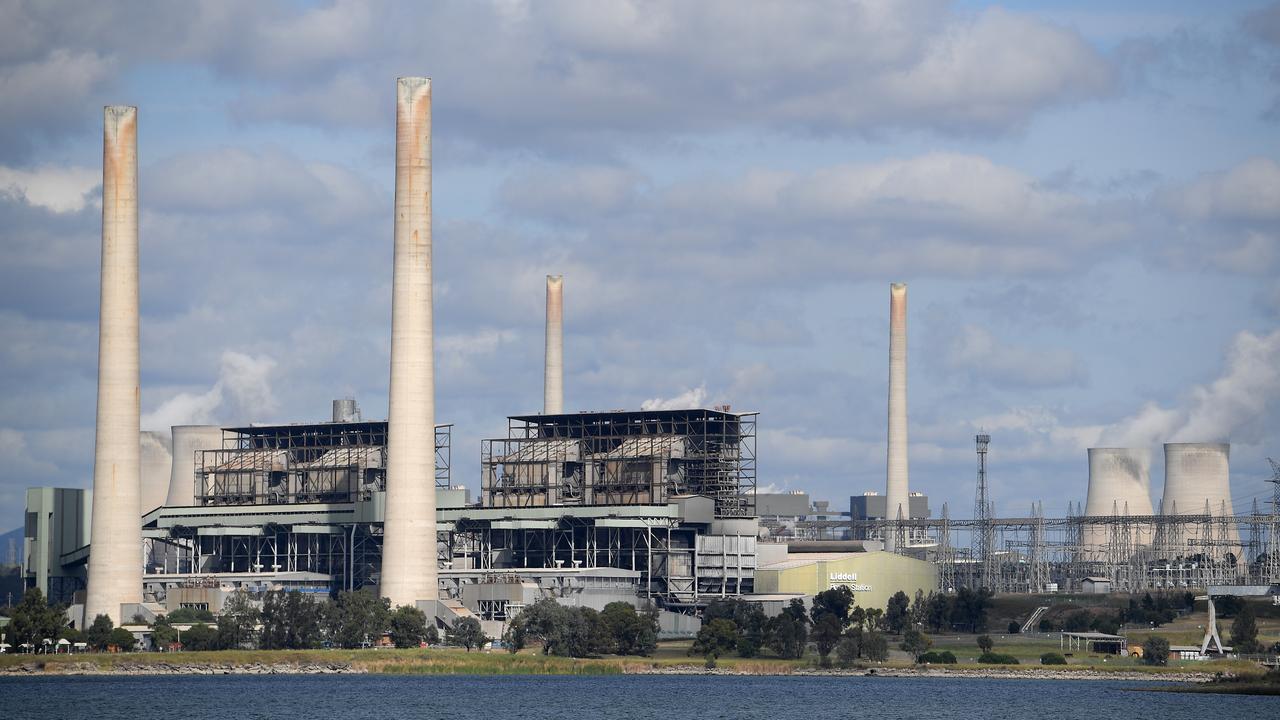
QUEENSLAND
Queensland generated an estimated 70,964 GWh electricity in 2019, the same as it did in 2018.
Solar generation in the Sunshine State grew a whopping 62 per cent last year, but renewables only made up 13 per cent of the total generation.
Approximately 70 per cent of Qld’s energy is generated from coal, and a further 15 per cent from gas.
Queensland is the only state in Australia where the majority of its residents live outside the capital cities.
It’s also a key contributor to meeting Australia’s energy needs, producing 26.7 per cent of the country’s energy while only housing 20 per cent of its population.
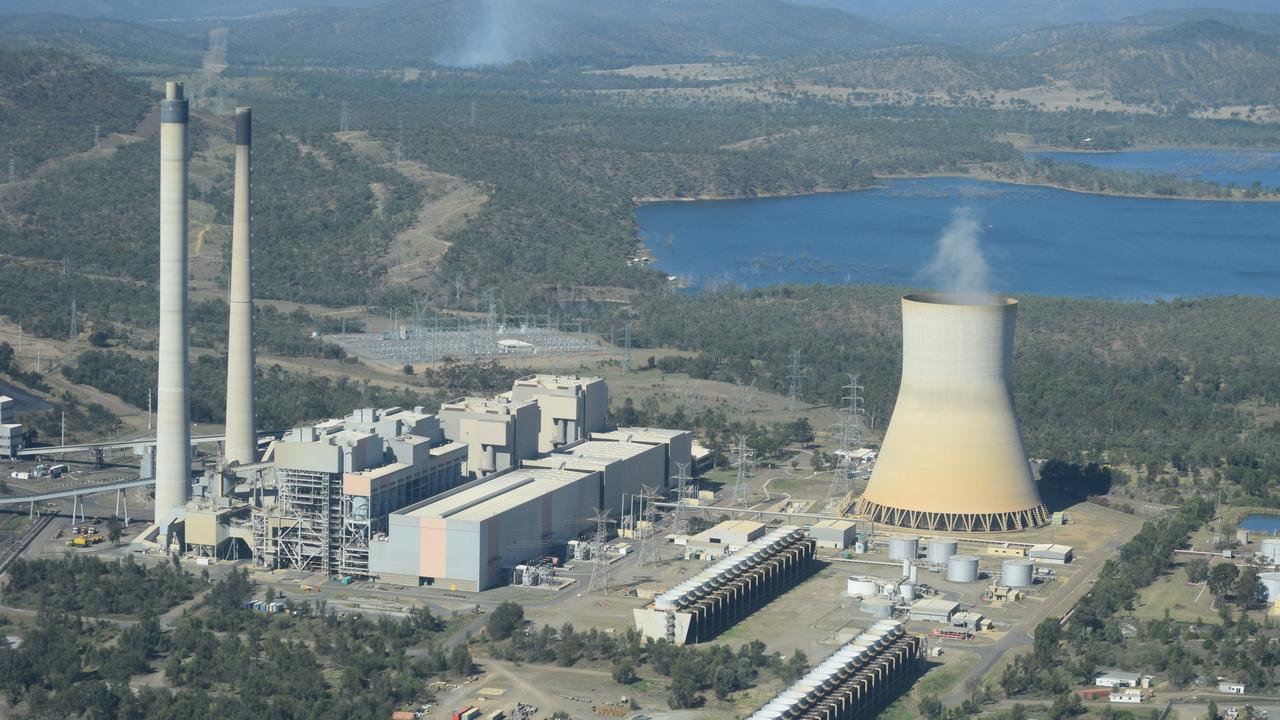
VICTORIA
Victoria is arguably the biggest drain on Australia’s energy market.
The state is home to more than six and a half million people and accounts for 26 per cent of its population, but only produced 47,235 GWh of electricity, 17.8 per cent of the country’s total.
To be fair, it doesn’t have the same rich resources deposits as much larger states like Queensland and WA, and similarly lacks the huge open spaces that can be used for renewable energy generation through solar and wind farms.
But it does favour renewables more than those two states.
In line with the average, Victoria generated 21 per cent of its energy in 2019 using renewable sources.
Like Qld, 70 per cent of its energy came from coal.
In 2019, Solar and gas generation increased by 56 per cent and 31 per cent over the year before.
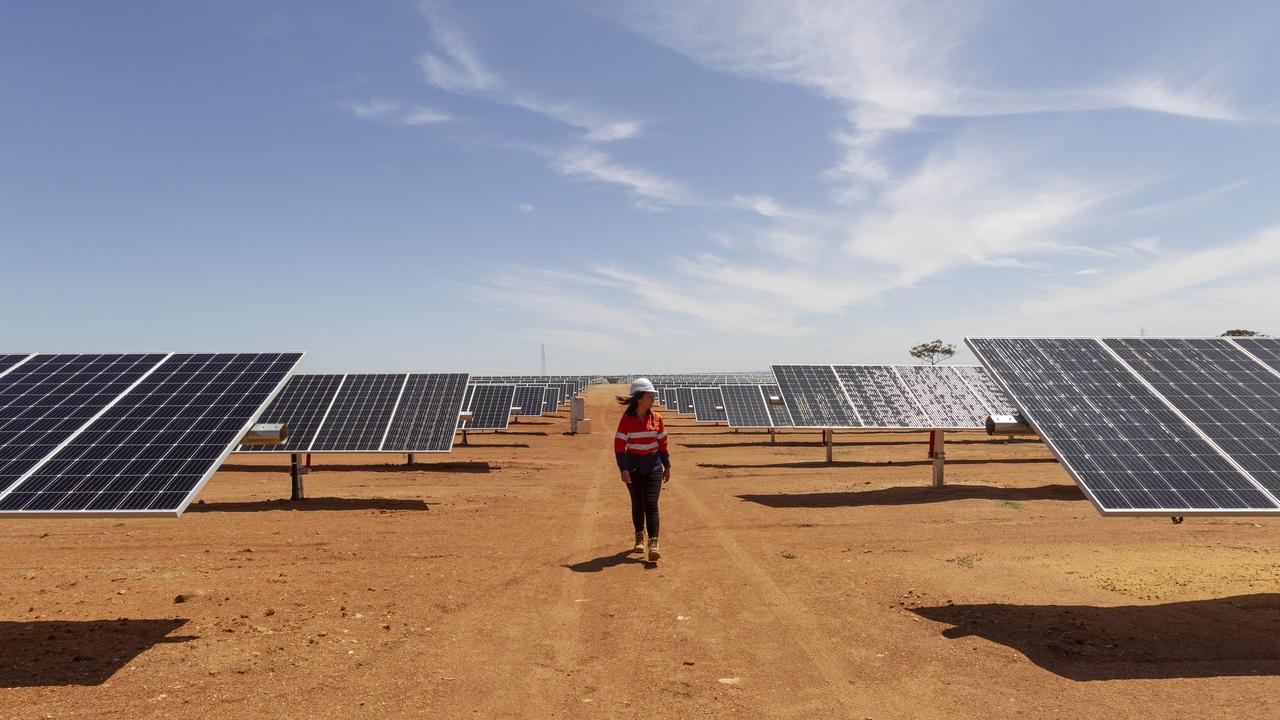
WESTERN AUSTRALIA
Western Australia is another heavy lifter, producing 42,709GWh (16.1 per cent) of Australia’s total electricity, in a state home to just over 10 per cent of the population.
WA only generates 10 per cent of its energy from renewables, with 61 per cent of it coming from gas.
29 per cent came from coal and oil products.
Wind generation increased by 33 per cent in 2019 compared to the year before.
SOUTH AUSTRALIA
South Australia has been leading the shift to renewable energy, which has led to much hand-wringing and criticism of the state any time the power goes out (often coming from people aligned with the fossil fuel industry who don’t live there).
Renewables accounted for 50 per cent of SA’s energy generation last year, with gas making up 49 per cent.
The state grew its energy generation by six per cent to produce a total of 15,400GWh.
That’s 5.8 per cent of Australia’s total, but the state accounts for 6.8 per cent of the population.
South Australia destroyed its last remaining coal-fired power station in 2018, after it had sat idle for three years.
Hong Kong-owned Alinta Energy closed the station in 2015 after the state government refused to give it $25 million to subsidise its operation.
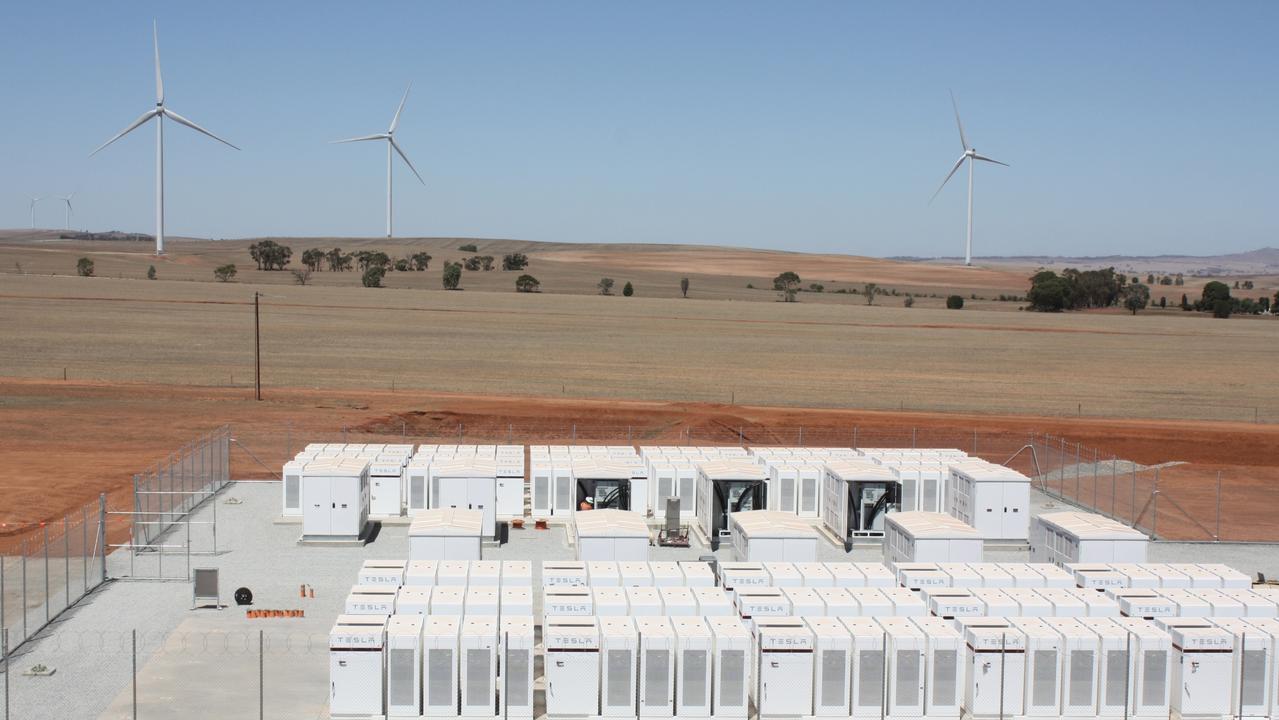
TASMANIA
Tasmania generated 10,801GWh (4.07 per cent) of Australia’s electricity in 2019, a drop of 12 per cent over the year before.
94 per cent of the state’s electricity is generated using renewables, mainly hydro.
hydro makes up 81 per cent of the state’s total generation.
Wind generation also increased by 10 per cent over 2018.
Only slightly more than 2 per cent of Australians call Tasmania home, and the state produces almost double that as a proportion of the country’s energy.
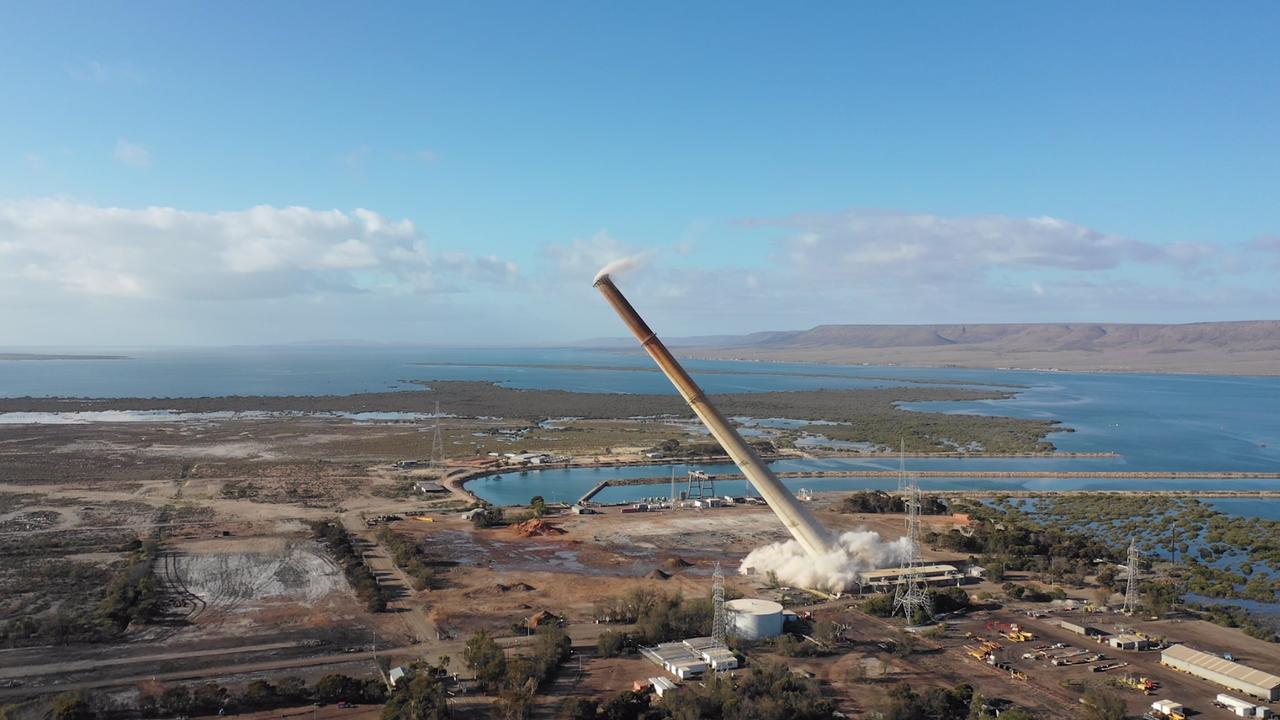
NORTHERN TERRITORY
The Northern Territory is in a similar position as Tasmania, accounting for 0.96 per cent of the population, but producing 1.68 per cent of total electricity.
The NT produced 4,478GWh in 2019, increasing by 12 per cent and making up for Tasmania’s drop in generation.
Only four per cent of the NT’s power is generated using renewable sources, but that number could increase in the future as large scale solar farms planned for parts of the territory come online (even if a lot of the energy they produce will be sent offshore).
AUSTRALIAN CAPITAL TERRITORY
The ACT is not included in the recently released figures as it gets most of its power from NSW, producing a negligible amount itself.
It is covered in the figures from NSW.
Last year the territory transitioned to getting a net 100 per cent of its energy from renewable sources.
The “net” is an important distinction as it means the ACT can meet the target by purchasing renewable energy rather than actually generating it.
Much of the territory’s power comes from the NSW grid, which as above, is heavily reliant on coal and gas.



